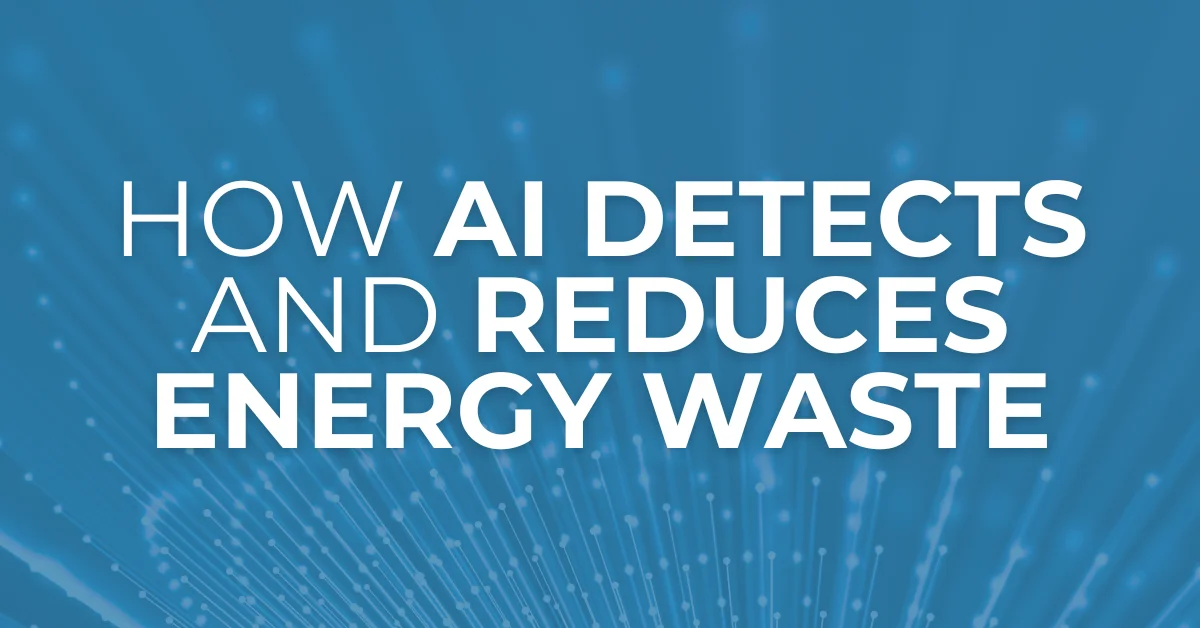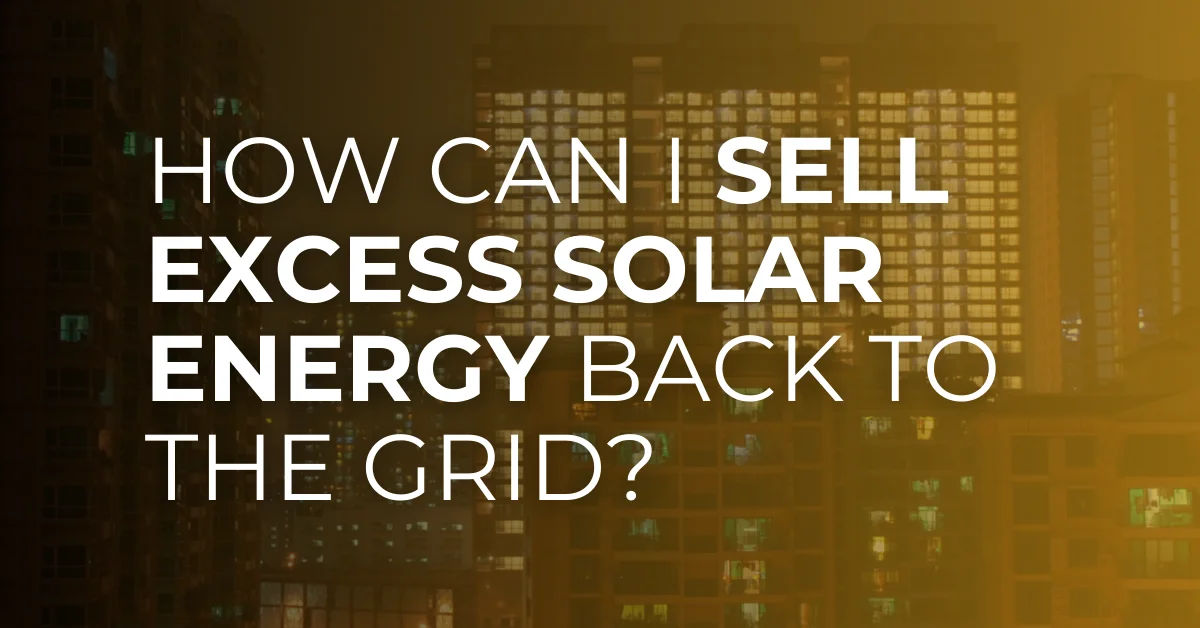Solar energy might seem like a modern innovation, but it has been harnessed for decades—centuries, in fact. While many people associate solar technology with sleek panels on rooftops or sprawling solar farms, the science behind harnessing the sun’s power has a much longer history.
What most people don’t realize is that solar energy’s evolution has been shaped by a combination of ancient practices, scientific breakthroughs, and modern engineering.
Harnessing Solar Power in History
The concept of using sunlight to create energy dates back to ancient civilizations. The Greeks and Romans, for example, used sunlight to heat their homes by strategically designing their architecture to capture and retain solar heat. They also used mirrors to light ceremonial fires, a rudimentary form of solar concentration technology.
Fast forward to the 19th century, scientists began experimenting with photovoltaic (PV) technology. In 1839, French physicist Edmond Becquerel discovered the photovoltaic effect—the process by which sunlight generates electricity. This laid the groundwork for modern solar panels.
The First Solar Panel
In 1954, Bell Labs created the first practical solar cell using silicon. It achieved an efficiency of 6%, which, at the time, was groundbreaking. These early solar cells were initially used to power small devices like calculators and satellites. While the cost was prohibitively high for widespread use, the potential of solar energy became clear.
What Most People Don’t Know
What surprises many people is how solar technology quietly advanced over decades of research and experimentation before becoming the mainstream energy source we know today. The journey of solar energy is filled with milestones that often go unnoticed but have been pivotal in shaping its evolution.
Space Exploration Pushed Solar Forward
In the 1950s and 60s, the space race played a key role in advancing solar technology. Satellites needed a reliable and renewable energy source to operate in the vacuum of space, where traditional fuel sources were impractical. Solar panels became the ideal solution, powering iconic missions like Vanguard I, which used solar cells to remain operational for over six years.
This demand for space-grade solar panels led to significant advancements in efficiency and durability. Engineers developed lightweight and long-lasting panels that could withstand harsh environments, setting the stage for their adoption in terrestrial applications. Without this push from the aerospace industry, solar technology might have taken much longer to reach the level of efficiency and reliability we enjoy today.
Early Adoption by Remote Communities
Before urban areas embraced solar energy, it found a home in remote and off-grid communities. For regions without access to traditional power grids, solar energy became a lifeline. These communities used solar water heaters and basic photovoltaic systems to power lights, pumps, and small appliances.
Solar energy also played a crucial role in developing countries, where limited infrastructure meant that renewable, off-grid energy was often the only viable solution. By providing clean and reliable power, solar systems improved living conditions and laid the groundwork for broader adoption in urban settings.
Government and Military Investment
The energy crises of the 1970s highlighted the need for alternatives to fossil fuels. Governments and militaries worldwide invested heavily in renewable energy research, including solar technology. Programs like the U.S. Department of Energy’s Solar Energy Research Institute (now the National Renewable Energy Laboratory) funded innovations in solar panel design and manufacturing.
Military applications also drove solar adoption. Portable solar generators became essential for powering remote operations, communications equipment, and emergency relief efforts. This investment helped scale production, reduce costs, and pave the way for commercial adoption.
Exponential Growth in Efficiency
Early solar panels achieved only 6% efficiency, meaning they could convert just a small fraction of sunlight into usable electricity. Over the years, advances in materials science and engineering have dramatically improved this number. Today’s monocrystalline panels regularly achieve efficiencies of 20%-25%, and cutting-edge technologies like tandem perovskite cells promise to surpass even that.
Research into anti-reflective coatings, better cell designs, and improved manufacturing processes has also contributed to this exponential growth. These developments not only increased efficiency but also reduced costs, making solar energy more accessible for consumers and businesses alike.
Solar Energy Is More Than Electricity
When people think of solar energy, they often picture photovoltaic panels generating electricity. However, solar energy applications go far beyond that. For decades, solar thermal systems have been used to heat water for residential and industrial purposes, while solar desalination systems provide clean drinking water in arid regions by removing salt from seawater.
In addition, Concentrated Solar Power (CSP) plants use mirrors to focus sunlight and create heat, which is then used to produce electricity through steam turbines. Solar-powered vehicles, from cars to airplanes, have also demonstrated the versatility of solar energy, showcasing its potential for reducing reliance on fossil fuels across multiple industries.
Modern Solar Energy and Its Future
Solar energy has come a long way from its humble beginnings, evolving into one of the most efficient, cost-effective, and scalable renewable energy sources available today. Modern solar technology has revolutionized how we generate and use electricity, and its trajectory points toward even greater innovations and applications in the future.
Solar Energy Today
The solar industry is currently in a golden age, driven by advances in technology, declining costs, and global efforts to transition to clean energy. Here are some key aspects of modern solar energy:
- High-Efficiency Panels
Solar panels today boast efficiencies of 20%-25%, far beyond the early prototypes that managed only 6%. Innovations like bifacial panels, which capture sunlight from both sides, and tandem perovskite cells, which stack multiple materials to harness more wavelengths of light, are further pushing efficiency boundaries. - Widespread Adoption
Solar energy is no longer confined to rooftops or remote installations. Solar farms now span thousands of acres, providing power to entire cities. In countries like China, the U.S., and India, utility-scale solar farms are among the fastest-growing contributors to the energy grid. - Cost Reduction
Over the last decade, the cost of solar energy has dropped by more than 80%, making it the cheapest source of electricity in many parts of the world. This affordability has opened the door for homeowners, businesses, and governments to invest heavily in solar systems. - Integration with Storage
The combination of solar panels and battery storage systems has transformed how we use renewable energy. Batteries store excess solar energy generated during the day for use at night or during power outages, increasing reliability and reducing dependence on traditional power grids. - Decentralized Energy Systems
Solar energy has enabled decentralized power generation, where individual homes and businesses can produce their own electricity. This reduces strain on the grid and provides energy independence to consumers.
Solar Energy Tomorrow
The future of solar energy is brimming with potential as new technologies and applications emerge. Here’s where solar energy is headed:
- Solar Everywhere: Flexible and Transparent Panels
The development of flexible and transparent solar panels will integrate solar energy into everyday objects. Imagine windows, smartphones, or even clothing generating electricity from sunlight. These innovations will expand solar’s reach beyond traditional installations. - Ultra-Efficient Materials
Materials like perovskites are being developed to increase efficiency while reducing production costs. Tandem solar cells, which combine perovskites with traditional silicon, have already achieved efficiencies exceeding 30% in lab settings. - Floating Solar Farms
As land becomes more valuable, floating solar farms on reservoirs, lakes, and even oceans are gaining traction. These installations not only save space but also reduce water evaporation, benefiting both energy generation and water conservation. - Solar-Powered Infrastructure
The future of infrastructure includes solar-powered roads, parking lots, and buildings. Integrated photovoltaic systems will allow urban spaces to generate electricity while serving their primary functions. - AI and Smart Grids
Artificial intelligence (AI) is being used to optimize solar energy systems by predicting weather patterns, adjusting energy output, and ensuring efficient energy distribution. Smart grids will integrate solar seamlessly, balancing supply and demand in real time. - Global Energy Equity
Solar energy has the potential to bring affordable and clean electricity to remote and underserved regions. Initiatives like solar microgrids and portable solar kits are already making an impact in areas without reliable access to electricity. - Solar and Hydrogen
Solar energy will play a key role in producing green hydrogen, a clean fuel created by splitting water molecules using renewable energy. This hydrogen can be used for transportation, industrial processes, and energy storage, further diversifying solar’s applications. - Policy and Incentives
Governments worldwide are setting ambitious renewable energy goals, such as achieving net-zero emissions by 2050. Policies like tax credits, subsidies, and renewable energy mandates will continue to accelerate solar adoption.
Conclusion
Solar energy has transformed from a niche technology into a practical, affordable, and scalable solution for powering homes, businesses, and communities. With modern advancements like high-efficiency panels, integrated storage, and innovative applications, solar energy is not just a way to reduce costs but also a significant step toward energy independence and sustainability.
Whether you’re looking to lower your energy bills, reduce your carbon footprint, or explore large-scale solar solutions for your business, now is the perfect time to invest in solar energy. At Insight Distributed Energy, we specialize in designing and implementing customized solar systems tailored to your specific needs.
Ready to harness the power of the sun? Contact us today to learn how we can help you achieve your clean energy goals and maximize the benefits of solar energy.




